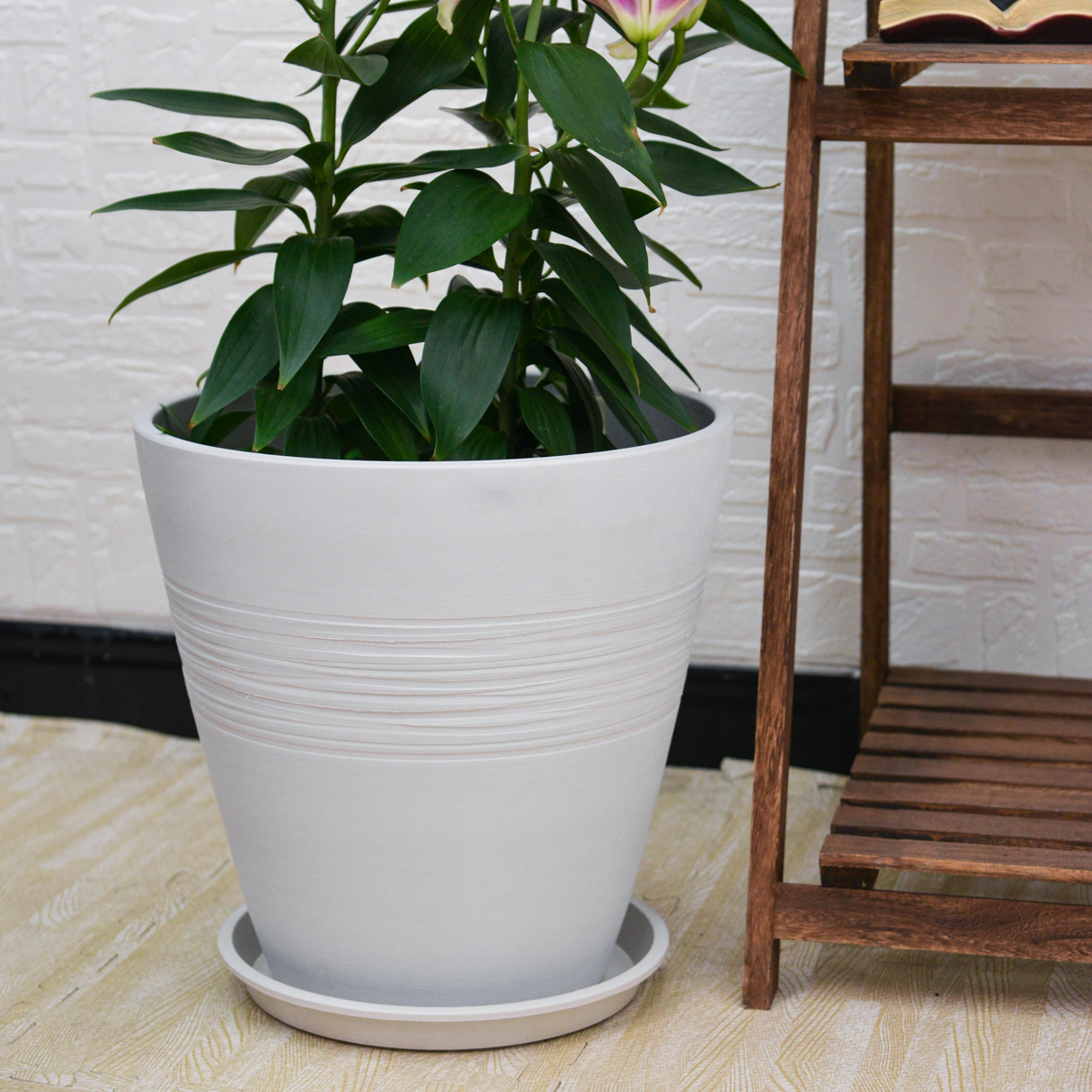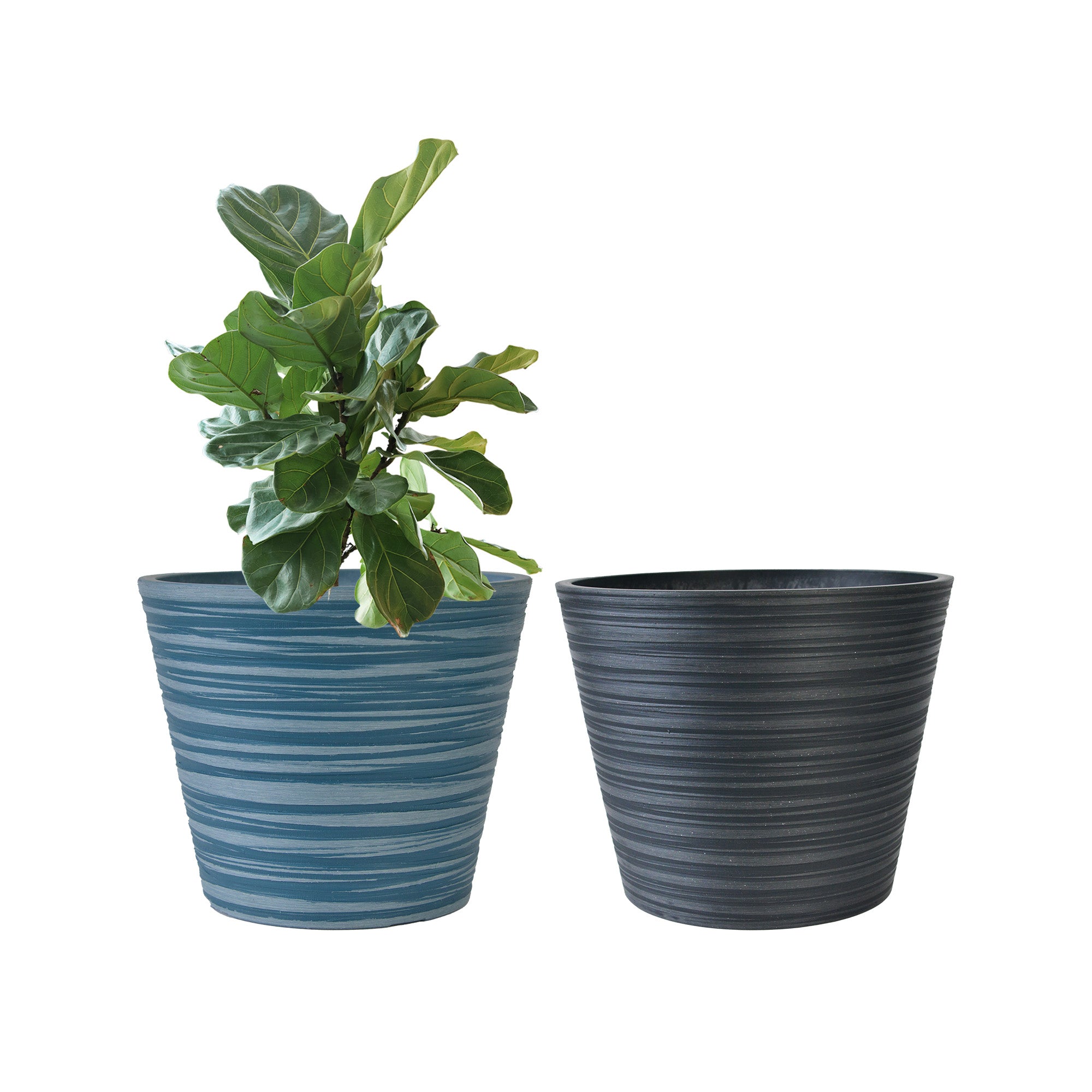The Milk Secret: Grow Huge, White Cauliflower by Adding This to Your Soil! (Plus Potting Tips)
The secret to growing cauliflower with big, white, and dense heads lies in providing it with the right nutrients from the start. While commercial fertilizers are common, there’s a natural and effective alternative many gardeners have in their homes but might not realize its excellent fertilizing potential. The surprising ingredient? Milk!
Just like many other plants, cauliflower needs essential nutrients like nitrogen, phosphorus, and potassium for healthy growth. Each of these minerals plays a vital role in the plant’s development. Nitrogen is crucial for the formation of healthy leaves, contributing to the overall growth of the plant. Phosphorus, on the other hand, is essential for strong root development and promoting flowering (in the case of cauliflower, the “flower” is the head we eat). Potassium boosts the plant’s immunity and enhances its ability to resist diseases and stressful environmental conditions. Without these important nutrients, cauliflower plants may struggle to thrive, producing smaller and less robust heads.
To achieve a healthy and productive cauliflower crop, it’s crucial to create fertile soil rich in these minerals. While many gardeners rely on compost, chemical fertilizers, or expensive commercial plant foods, a simple, cost-effective, and natural alternative can be found right in your kitchen: milk. Milk is a surprisingly good source of nitrogen, phosphorus, and potassium, all of which contribute to the optimal growth of plants like cauliflower.

Using Milk as a Natural Fertilizer for Cauliflower
To prepare a milk fertilizer, you only need two ingredients: milk and water. You can use fresh milk or powdered milk for this. The process is simple and straightforward.
Mix 150 ml (approximately ⅔ cup) of fresh milk (or reconstituted powdered milk according to package instructions for that amount of liquid) with 250 ml (approximately 1 cup) of water. This will create a diluted milk mixture that can be used to water your plants. If you want to boost the nutrient content of your homemade fertilizer, you can consider adding one tablespoon of wood ash to the mixture. Wood ash is rich in minerals like potassium, calcium, and magnesium and has the added benefit of improving soil structure. Additionally, wood ash can help deter slugs, which often damage tender cauliflower leaves.
Wood ash can be sourced from wood-burning stoves, fireplaces, or even pizzerias that use wood-fired ovens. If you don’t have access to wood ash, don’t worry – the milk alone can still provide many of the essential nutrients your cauliflower plants need.
Once the milk and (optional) wood ash mixture is prepared, add it to a larger quantity of water to dilute it further. For example, you can mix the concentrate with 5 liters (approximately 1.3 gallons) or more of water. This dilution makes the fertilizer easier to apply over a wider area and ensures the plants receive a balanced distribution of nutrients.
How and When to Apply Your Milk Fertilizer
It’s important to water the soil before planting your cauliflower and other vegetables. This will ensure that the nutrients from the milk mixture are effectively absorbed by the plant roots. After watering the soil, you can apply the milk and (optional) wood ash mixture directly to the soil around your cauliflower plants or use it as a foliar spray to nourish the plants from above.
The ideal time to apply this homemade fertilizer is when your cauliflower is in its early growth stages. During the first few weeks after planting, the plant will benefit the most from the added nutrients as it begins to establish its root system and start producing leaves. Depending on your plant’s growth and the condition of your soil, you can continue to apply the milk-based fertilizer every two weeks or as needed.
It’s important to note that while milk can be an effective fertilizer, it should be used in moderation. Too much milk can cause the soil to become overly acidic, which can hinder the plant’s ability to absorb nutrients. Additionally, excess milk may attract pests like rodents or insects, so it’s important to use the fertilizer judiciously and avoid over-application.
Bonus Tip: Growing Cauliflower in Pots
Yes, you can absolutely grow cauliflower in pots! This is a great option for those with limited garden space. Here’s what you need to know:
- Choose the Right Pot: Select a pot that is at least 12 inches in diameter and 12 inches deep to accommodate the cauliflower’s root system.
- Use Quality Potting Mix: Use a well-draining potting mix amended with compost for added nutrients.
- Planting: Plant one cauliflower seedling per pot.
- Watering: Potted cauliflower will likely need more frequent watering than in-ground plants. Keep the soil consistently moist.
- Sunlight: Ensure your potted cauliflower receives at least 6 hours of direct sunlight per day.
- Fertilizing: You can use the diluted milk fertilizer for potted cauliflower as well, applying it every two weeks. You might also consider supplementing with a balanced liquid fertilizer every 3-4 weeks.

Additional Tips for Healthy Cauliflower Growth
Besides using milk as a natural fertilizer, there are several other factors to consider to ensure your cauliflower reaches its full potential:
- Soil pH: Cauliflower prefers slightly acidic to neutral soil with a pH between 6 and 7. Test your soil before planting and make any necessary adjustments.
- Temperature: Cauliflower thrives in cool weather, with optimal growing temperatures between 60°F and 70°F (15°C to 21°C). Avoid planting during the hottest parts of the year to prevent bolting.
- Watering: Consistent and even watering is crucial for cauliflower. Keep the soil consistently moist but avoid waterlogging, as this can lead to root rot.
- Mulching: Applying mulch around your cauliflower plants helps to retain moisture, regulate soil temperature, and reduce weed competition.
By providing your cauliflower with the right nutrients, a balanced environment, and proper care, you can grow healthy, large, and delicious heads. Using milk as a natural fertilizer is a simple and effective way to achieve this, providing your plants with the nourishment they need to thrive.
13 inch Planter for Indoor Plants, Set of 2 Modern Decorative Plant Pots with Drainage Hole, Cute Bowl Shape Flower Pots
By greenship-seo|2025-04-10T07:41:46+00:00January 10, 2025|Categories: Hand-carving Series|Tags: Decorative Flower Pots, Self-Watering Pots|
Modern Plant Pots丨Planter for Indoor Plants,8 inch or 10 inch Plant Pots with Drainage Hole,Decorative Flower Pots
By greenship-seo|2025-04-10T08:32:55+00:00January 7, 2025|Categories: Hand-carving Series|Tags: Decorative Flower Pots, Self-Watering Pots|
KC2-GS
By greenship|2024-08-16T06:30:21+00:00August 16, 2024|Categories: Hand-carving Series|
K2-11T
By greenship|2024-08-13T04:21:25+00:00August 13, 2024|Categories: Hand-carving Series|
20T
By greenship|2024-08-13T06:42:22+00:00August 13, 2024|Categories: Hand-carving Series|
Planter 5 in W / 8 in W / 12 in W or Indoor Outdoor Plants, Modern Decorative Plant Pots with Drainage Hole, Decorative Flower Pots
By greenship-seo|2025-04-10T06:37:58+00:00January 16, 2025|Categories: Hand-carving Series|Tags: Decorative Flower Pots|






